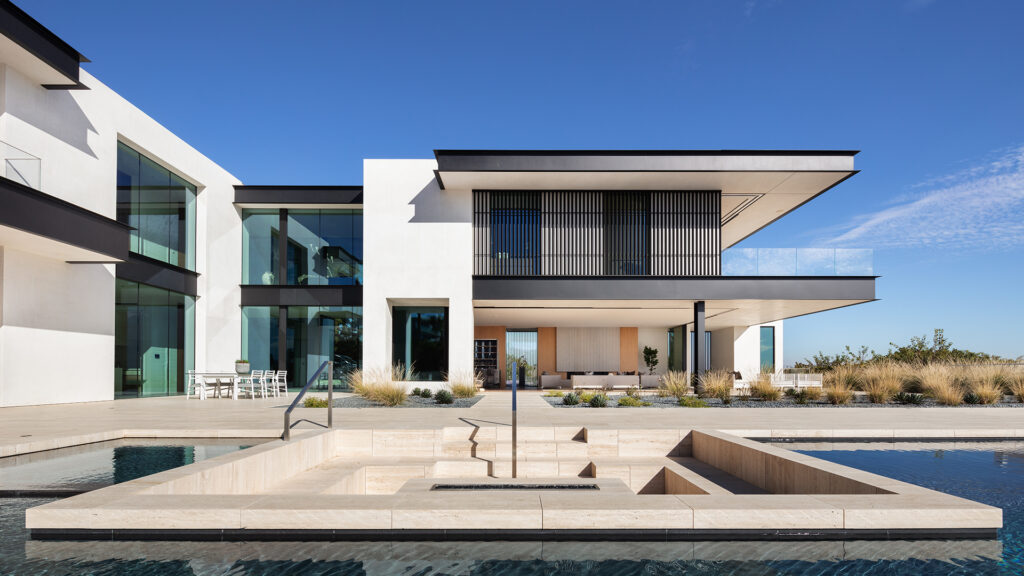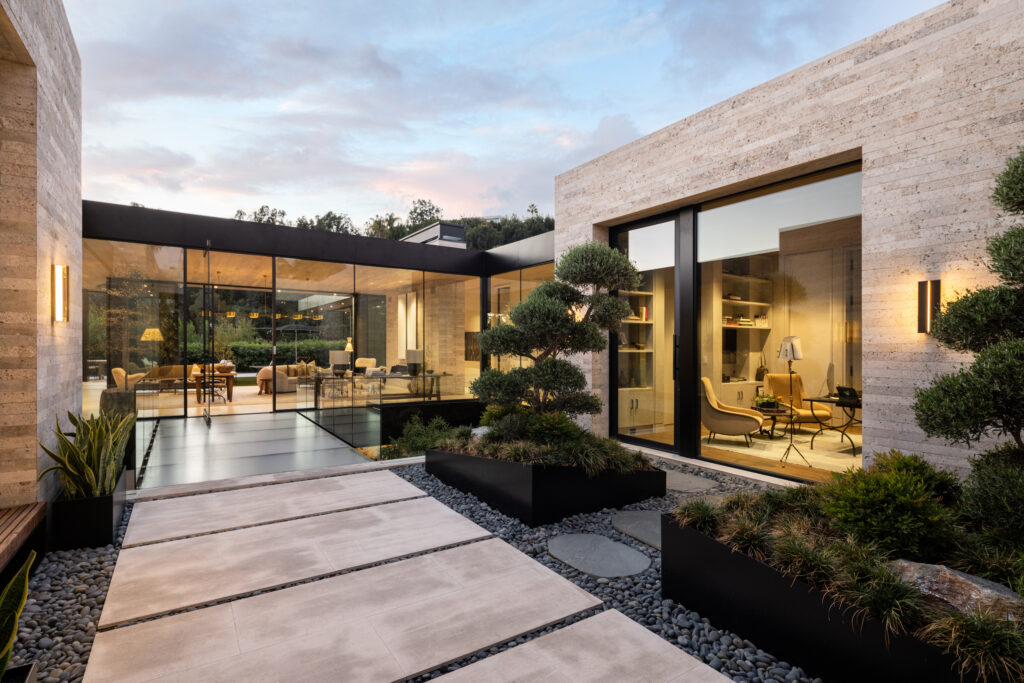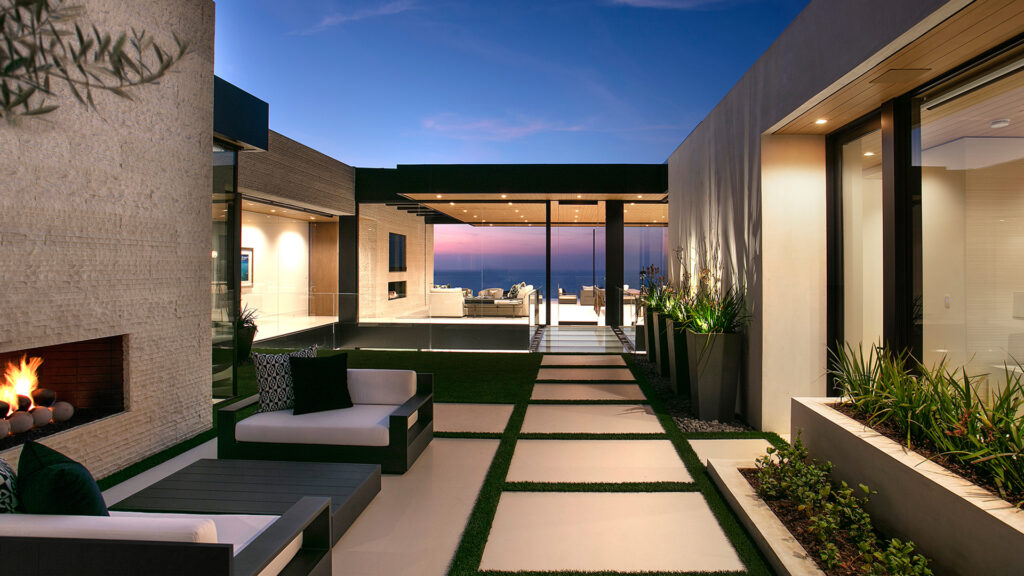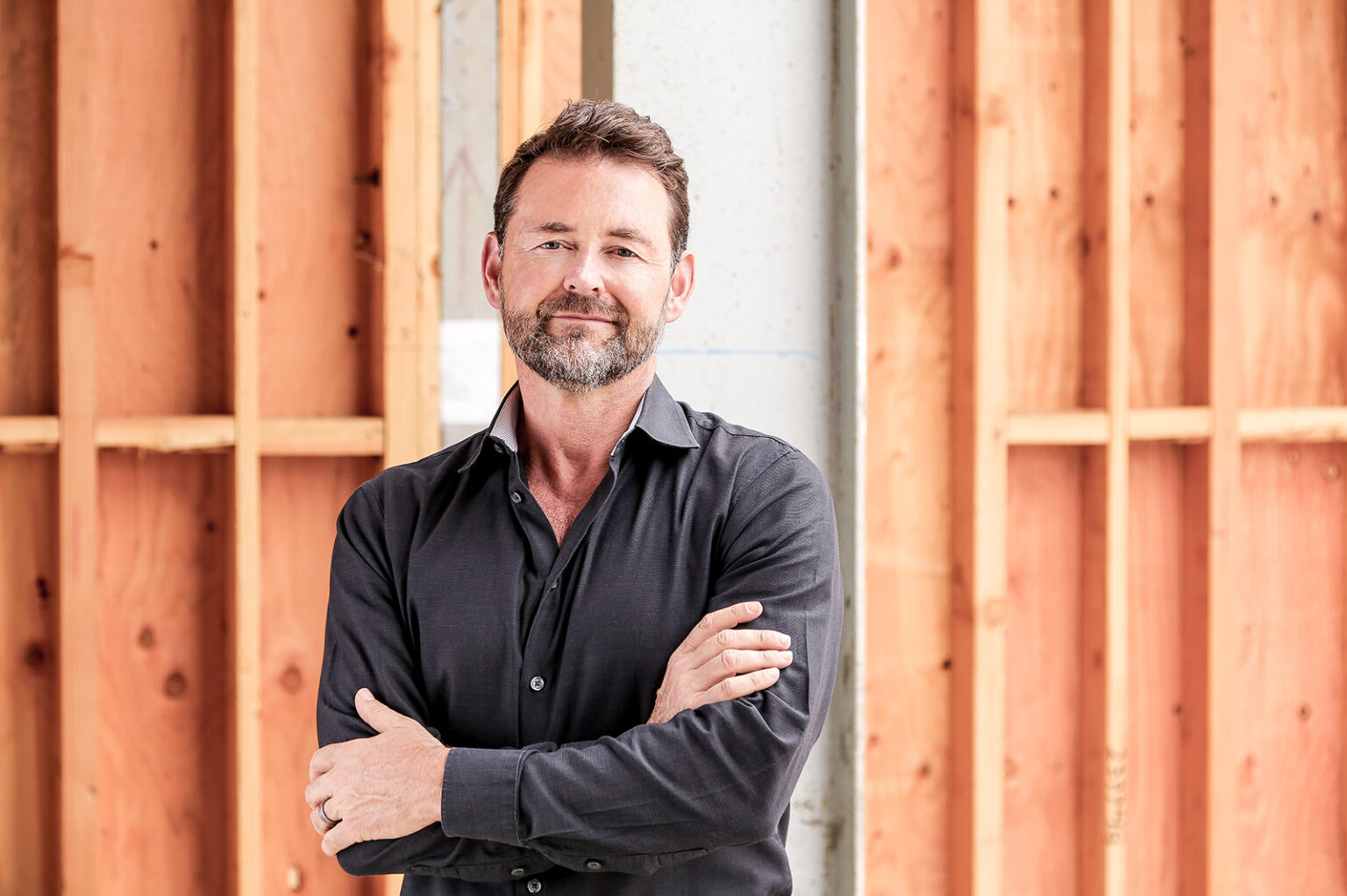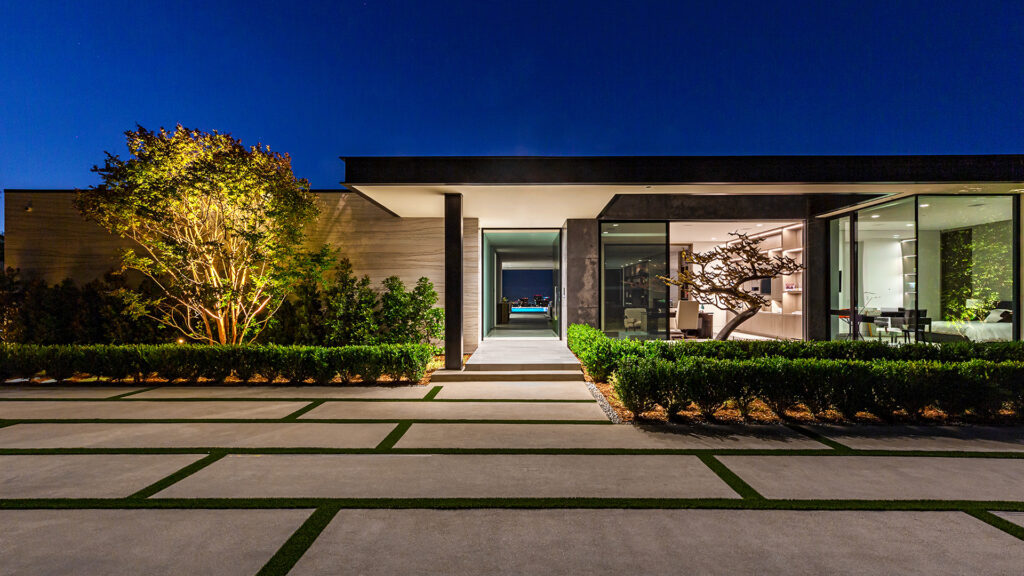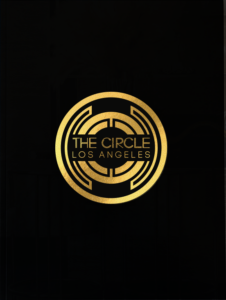I wanted to be an architect since I was four years old. As a young boy, I liked nothing better than to draw houses all day long. I can still remember the excitement I felt as a ten-year-old child when I discovered Falling Water. It stunned me and I remember trying to draw it over and over again, not quite understanding how it worked, but captivated by its beauty. It confirmed my desire to study architecture. I was fortunate to be able to attend architecture school in Dublin where I grew up. I was ultimately drawn to California as it is one of the best places to practice residential architecture in the world; there is such a long history of exemplary single-family homes here.
Starting out is always tough. The biggest problem you face is trying to get people to feel confident enough to entrust not only the design of their home to you, but also a large sum of money. It is always more expensive to build a home than to purchase something. You are creating a one-of-a-kind residence and each one is going to be a little bit different. I was lucky in that I was good at drawing and could successfully convey my ideas to people, which helped me secure my first clients. We started out with smaller projects and took anything we could, not necessarily in the style in which we wanted to build, just anything to keep the doors open.
I have always just wanted to design houses. The best part of this job is helping people envisage what their life is going to be like once the project is complete and then seeing them actually living there. The biggest difference between now and 20 years ago is that the houses are a little bit larger and definitely more complicated.
Too many to think of one thing in particular. I love meeting different types of people; we are so fortunate to be working in many different countries and to have such a variety of clients. Our clients are usually successful in their endeavors, or they would not be building homes like these. It is always fascinating to hear what they have done with their lives to get into this position. It is definitely a unique challenge working in different countries and climates, as we are right now. We are trying to navigate cultural and climate differences while we find a way to design a home that reflects our clients desire to have something similar to the homes we design in California.
“I never get tired of seeing everyone’s ideas coming to life.”
Definitely too many Zoom calls post-Covid. 🙂 In all seriousness, there are a lot of meetings and phone calls. Design itself is just a small part of the job. It takes a tremendous amount of people and talent to build these homes, so a lot of time is spent sorting through issues such as planning, construction, permitting and budgets. I usually find some part of the day for design though and that involves sketching and meeting individually with people in the office to brainstorm ideas. That is definitely my favorite part of the day along with visiting construction sites; I never get tired of seeing everyone’s ideas coming to life.
Factors outside of our control, such as construction limitations, neighbors, site restrictions, etc., prove the most challenging to our design process. People are generally very reasonable. We did have one client whose desire was to create an intimate home but also to entertain groups of 200 to 300. It was very challenging to marry those two disparate ideas. We identified programmatically where the clients would spend most of their time, so we designed those spaces closer together and orchestrated the rest of the program around it.
“In the end, architecture is about people. If no one is there to enjoy it, what is the point?”
Wonderful clients are the best part of the job. The people all over the world we work with are typically quite successful in their own right. Having the privilege of meeting such interesting people, spending time with them, and hearing their stories, is fantastic. In the end, architecture is about people. If no one is there to enjoy it, what is the point? Houses are the most personal form of architecture. Your home should be a beautiful background to your life and make your daily living more pleasant and practical. The house should improve upon the well-being of the people within and that is what we strive for with every residence we design.
Two Irish firms that played a significant role in my early development at university and beyond are Grafton Architects and McCullough Mulvin. The incredible architects here in California during the mid-century modern period, especially Craig Ellwood, have influenced me. Two important architects from an early age were Glenn Murcutt, an Australian architect, who built elegant homes in the bush and Norman Foster, who came from such a modest upbringing in Manchester and has built one of the largest and most innovative firms in the world. I admire how Foster rethinks things from first principles, but in a very contemporary way. I have always been inspired by Neutra and Frank Lloyd Wright. Some of my favorite contemporary firms include Olson Kundig, Richard Meier, and the work of Aidlin Darling Design in San Francisco.
In our case, it is easy to point to a particular project, rather than a person, that had a large impact on our business. In 2005, we did work for a client on a house in West Hollywood. It is known as the Blue Jay Way House and it was later owned by the DJ and musician Avicii, with whom we reworked the house. The original client needed to sell it after the 2008 financial collapse. People took notice of the fact that it still sold for a large sum, and we started to get calls. In the following years, we were lucky enough to be working on several development homes. By the time the recession was over, we had finished quite a few homes and were in a position to take advantage of the exposure they generated.
A number of projects which unfortunately slowed or temporarily paused due to the pandemic are coming back to life and we are very excited to see their completion in the next year or so. In addition to houses in design and near completion in California, we also have several projects progressing across the country in Nevada, Colorado, Hawaii, Texas, and Florida. We have projects abroad in the United Arab Emirates, Canada, Thailand, and Turks & Caicos and a couple of these are a bit on the large side.
There are many things I feel I am not very good at, and I do not think of myself as being particularly gifted at anything. That said, I love what I do, which is the most important thing. I also see a difference that the benefit of experience brings, compared to some of the younger people I work with. It is easier for me to cut into the heart of an issue after trying it for so many years. I wish I could draw better and also write more clearly; that would definitely help.
Try and look on the bright side and be polite.
Probably being able to listen to people and being adaptable. I figure anyone who moves countries is adaptable by nature but the ability to temper your own expectations and see the positive in suggestions is really important.
“Patience is one of the most important things you need.”
Generally, becoming an architect takes a very long time and in addition to five to seven years of study, it can take a few more years before you are really able to contribute. So, patience is one of the most important things you need. It is not very compatible with the Internet Age in that respect. Most of all, I think you need to have passion for architecture and really want to do it. Although what we do fits the perception of what an architect is, in the public imagination there are so many areas within the field. It is important to figure out what type of architect you want to be. A friend of mine, for example, deals only in programming and developing briefs for new building on behalf of large organizations. Many architects are not very interested in residential architecture because of the amount of interaction you need to have with clients, the intimate nature of it, and the lack of familiarity most clients have with the process or expectations, given they typically do this just once. It is a big part of what we do, helping them to navigate through that. Sometimes, an extra degree in psychology or marriage counseling would not be bad. 🙂
Sketching. For me, sketching with pen and paper is the only way to truly start a project. Sometimes, I find the concepts between the lines. I have never been able to figure out how to replicate this on a screen. There is a fluidity to moving my hand across the page that helps me generate ideas. The ability to draw definitely helped in the days before computer modeling became so prevalent; still working on how to become a better architect and imagine that will never end.
I am inspired by my family, friends and the great people I work with. The architect I have most admired over the years is Norman Foster. I have always loved his unflinching optimism in the future and desire to question everything.
“In the long run, honesty is best.”
Try and listen as much as you can; be very straight forward; don’t hesitate to be fully open and transparent, even if you are delivering bad news. We have sometimes advised people out of doing a project because it did not make sense for whatever reason. It is hard to talk yourself out of work, but in the long run, honesty is best, and people remember it.
I do not really think of myself as being entrepreneurial. My business sense grew out of trying to get these projects built, though I know my father ran his own business for a while. When I set up our firm, I felt it was a vehicle that would allow us to see our projects through to completion, rather than a way to make money. I still see it that way. I am just lucky that what I like to do also generates good income and jobs for the people in our office.
I hope we will be remembered for creating beautiful homes that are connected to their environment and provide our clients and their families with a haven in a busy world; that we had a positive influence on their lives and also on the people we work with to make these projects come to life. Also, it would be nice if some or our houses stuck around for a little while after we are gone, and people continue to enjoy and adapt them. Mainly, that we helped improve things in our little corner of the universe, if only a little.
